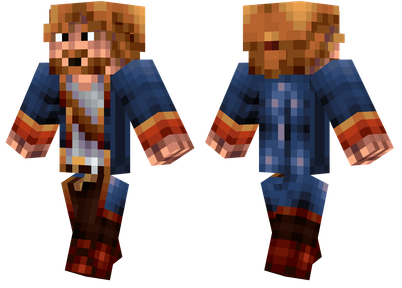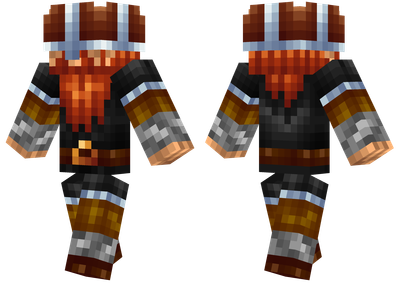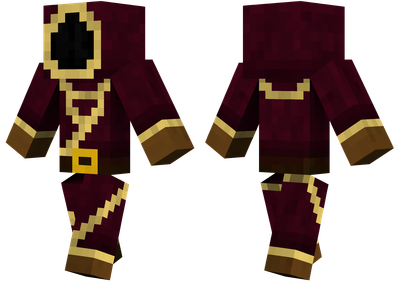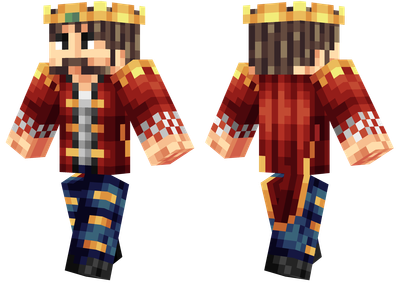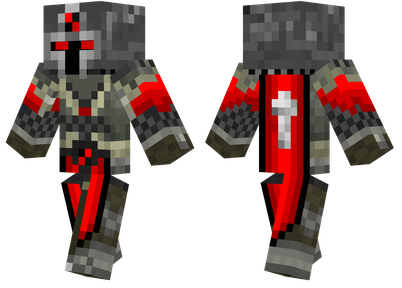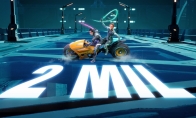Next-generation games will be accelerated through AI in shaders; more than 100 DLSS 4 games and applications are available now; Half-Life 2 RTX Demo is released on GDC
San Francisco - GDC - March 13, 2025 - NVIDIA announced the breakthrough enhancement of NVIDIA RTX™ neural network rendering technology on the eve of the Game Developers Conference (GDC).
NVIDIA and Microsoft will add neural network shading technology to the Microsoft DirectX preview in April, allowing developers to accelerate neural network rendering within the game's graphics rendering pipeline using AI Tensor Cores in NVIDIA GeForce RTX™ GPU.
Neural network coloring is a revolution in graphics programming, combining AI with traditional rendering to greatly improve frame rate, enhance image quality, and reduce system resource usage.
"Microsoft will add collaborative vector support to DirectX and HLSL and launch a preview version in April this year. This will enable neural network rendering across the gaming industry, thus driving the further development of graphics programming. Unlocking Tensor Cores on NVIDIA RTX will enable developers to make full use of RTX neural network shading technology to create a richer and more immersive gaming experience on Windows platforms."

In addition, the NVIDIA RTX Kit, a technology suite for game developers, has ushered in a major update, and Unreal Engine 5 supports RTX Mega Geometry and RTX Hair functions.
The NVIDIA RTX Remix open source platform was officially released today, aiming to help Modder remake classic games and create amazing game effects.The new Half-Life 2 RTX version (Half-Life 2 RTX) Demo will be released on March 18 Pacific Time, supporting the latest neural network rendering enhancement technology, including panoramic ray tracing, NVIDIA DLSS 4 multi-frame generation, RTX Neural Radiance Cache, RTX Skin, etc.
NVIDIA also ushered in an important milestone, with more than 100 games and applications supporting DLSS 4.
RTX Kit officially logs into Unreal Engine 5
The number of triangles used to create games has increased exponentially over the past 30 years.With the launch of Unreal Engine 5 Nanite geometry system, developers can build an open world with hundreds of millions of triangles.
However, as the geometric complexity of ray tracing game scenes surges, the computational cost of ray tracing also increases exponentially, achieving real-time rendering frame rates has become extremely difficult.RTX Mega Geometry can accelerate ray tracing of complex geometric scenarios, allowing developers to use 100 times more triangles than the current standard.RTX Mega Geometry is now available to developers in the NVIDIA RTX (NvRTX) branch of Unreal Engine 5.
NVIDIA GeForce RTX 50 series GPUs launch RTX Hair.Linear-Swept Spheres (LSS) is a new primitive accelerated by GeForce RTX 50 series GPUs, bringing significant improvements to accelerate hair and hair ray tracing.Compared with traditional triangle primitives, LSS can represent a single hair more accurately, thereby improving the image quality and performance of rendering simulated digital humans.RTX Hair is now open to use in the NvRTX branch of Unreal Engine 5.
In CES2025, NVIDIA demonstrated the neural network rendering function through the "Zorah" technology Demo.On GDC, the new version of Zorah Demo based on Unreal Engine 5 integrates the latest neural network rendering technology, including RTX Mega Geometry, RTX Hair, ReSTIR path tracking and ReSTIR direct lighting.
Return to Half-Life 2 with RTX Demo
RTX Remix is officially released, supporting DLSS 4 multi-frame generation and a number of new RTX neural network rendering technologies, as well as the upgrade functions expected by many player communities, allowing Modder to create a more stunning RTX remake game with higher image quality and frame rate.
A year ago, NVIDIA launched the RTX Remix beta version, giving the classic game a remake with panoramic ray tracing lighting, enhanced materials and the latest RTX technology.
Since then, more than 30,000 Modders have used RTX Remix to MOD transformations of hundreds of classic games, and more than 1 million players have experienced RTX Remix MOD works, such as NVIDIA Lightspeed Studios' Portal with RTX and RTX version of Portal: Prelude RTX created by MOD creators."Half-Life 2" players can experience the functions of RTX Remix in scenes such as Lewinholm and Nova Mine from March 18 through Steam's free "Half-Life 2" RTX version (Half-Life 2 RTX) Demo.
The remake was jointly developed by four top MOD teams of Half-Life 2 at Orbifold Studios.Half-Life 2 RTX version (Half-Life 2 RTX) integrates advanced technologies such as panoramic ray tracing, remastered assets, DLSS 4, NVIDIA Reflex, RTX Neural Radiance Cache, RTX Skin, and RTX Volumetrics.
Over 100 games and apps now support DLSS 4
DLSS 4 was released with the GeForce RTX 50 series GPU, which received enthusiastic response from players and was quickly widely adopted by game developers.More than 100 games and applications have now supported DLSS 4, reaching this milestone two years ahead of DLSS 3, becoming the fastest gaming technology in NVIDIA's history.
DLSS 4 has introduced multi-frame generation technology for the first time, and with the help of AI, it can generate up to three frames for each rendered frame to further improve the frame rate.Multi-frame generation technology can run in conjunction with a full set of DLSS technology, and compared with traditional rendering technology, the performance can be improved by up to 8 times.This performance upgrade allows GeForce RTX 50 series GPUs and laptops to achieve better image quality at the highest resolution and run games at amazing frame rates.
Lost Soul Aside, Mecha BREAK, Phantom Blade Zero, Stellar Blade, Tides of Annihilation and Wild Assault will support DLSS 4 at launch, providing GeForce RTX players with an excellent PC gaming experience.
About NVIDIA
NVIDIA (NASDAQ: NVDA) is a global leader in accelerating computing.


